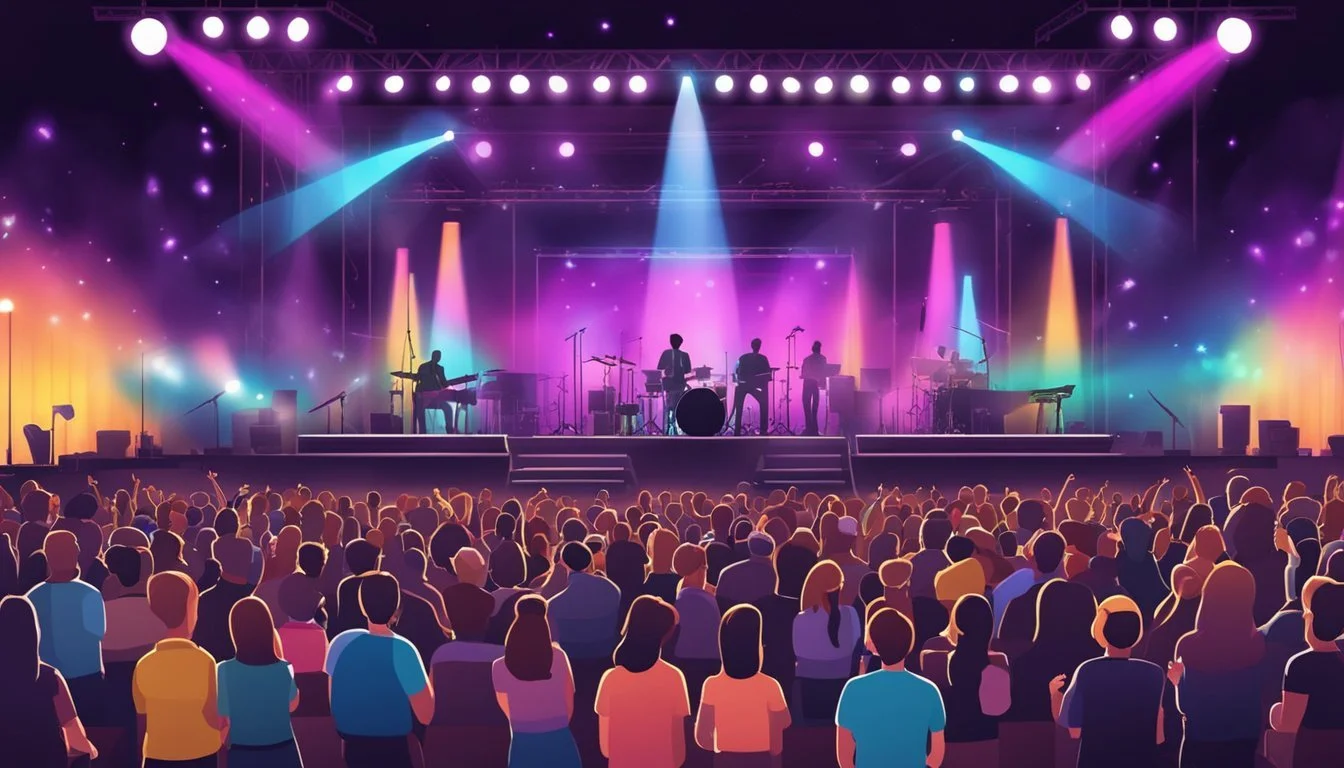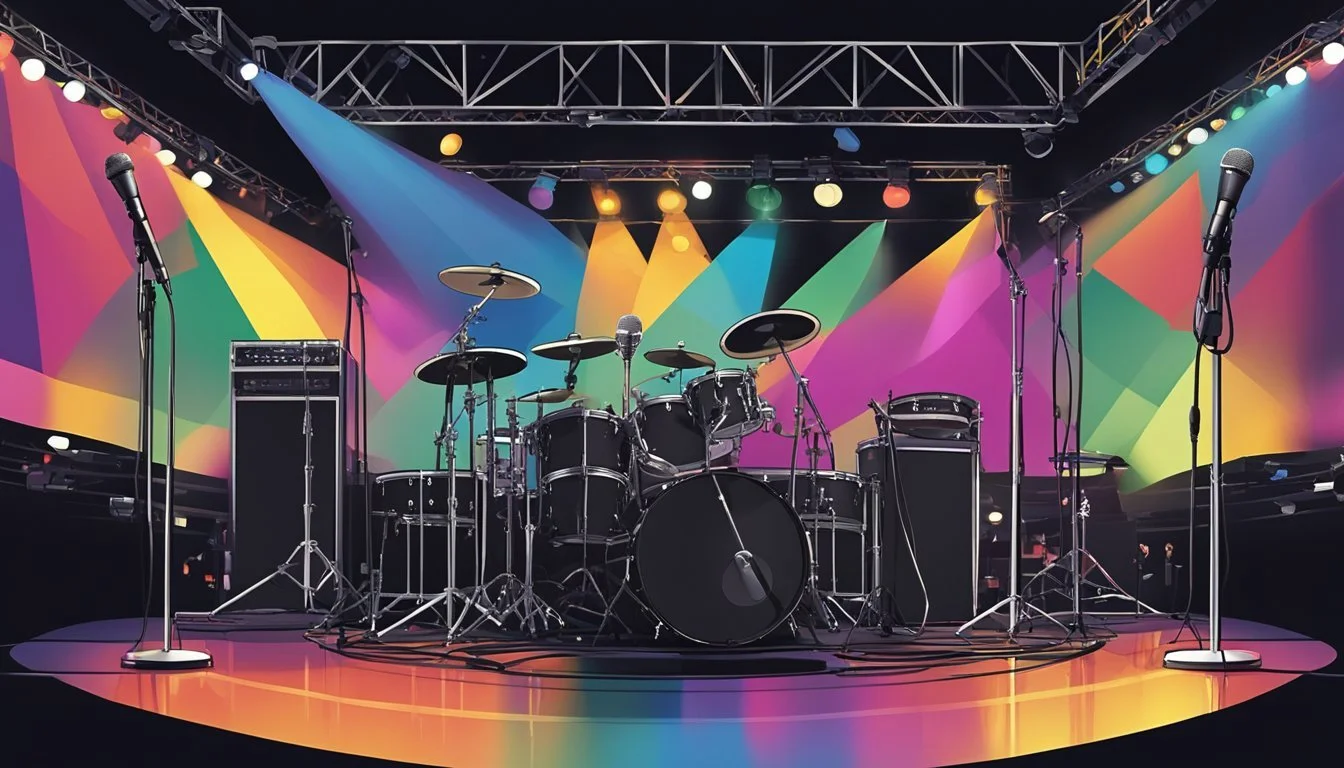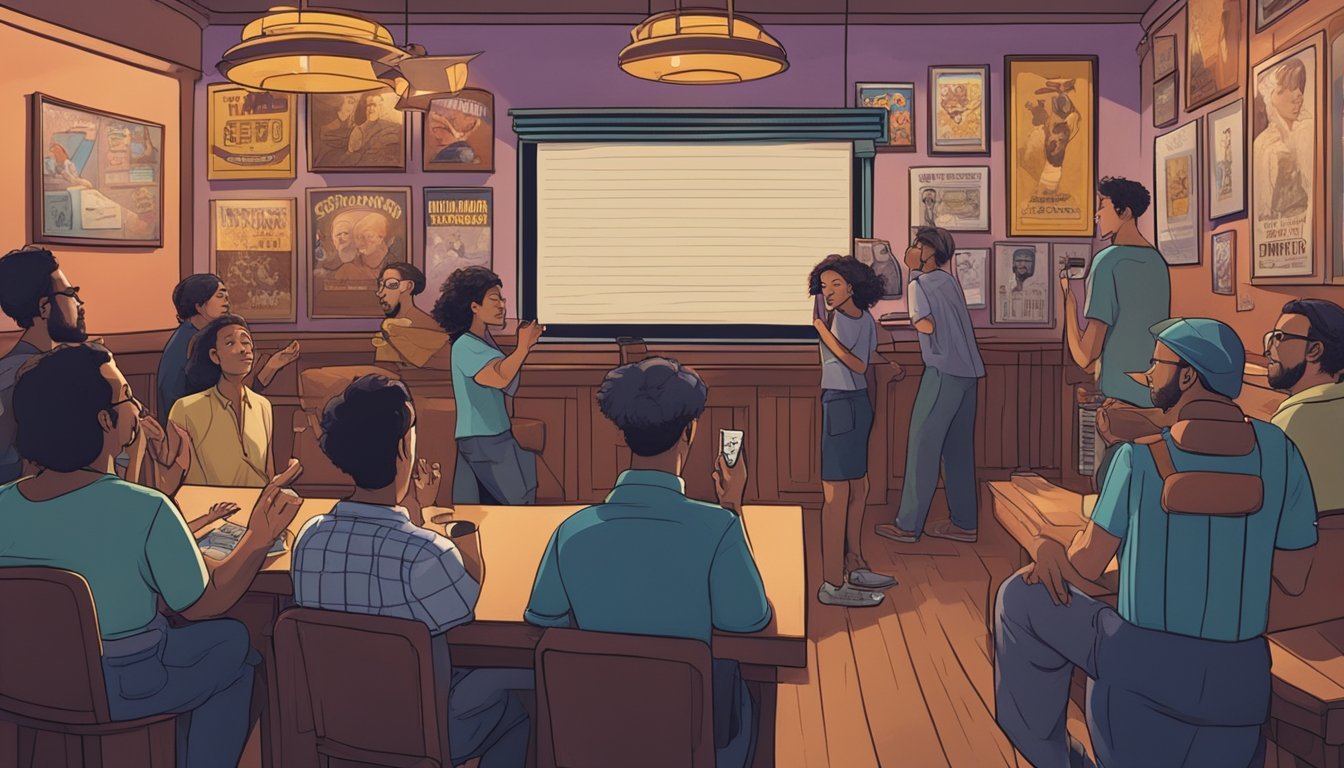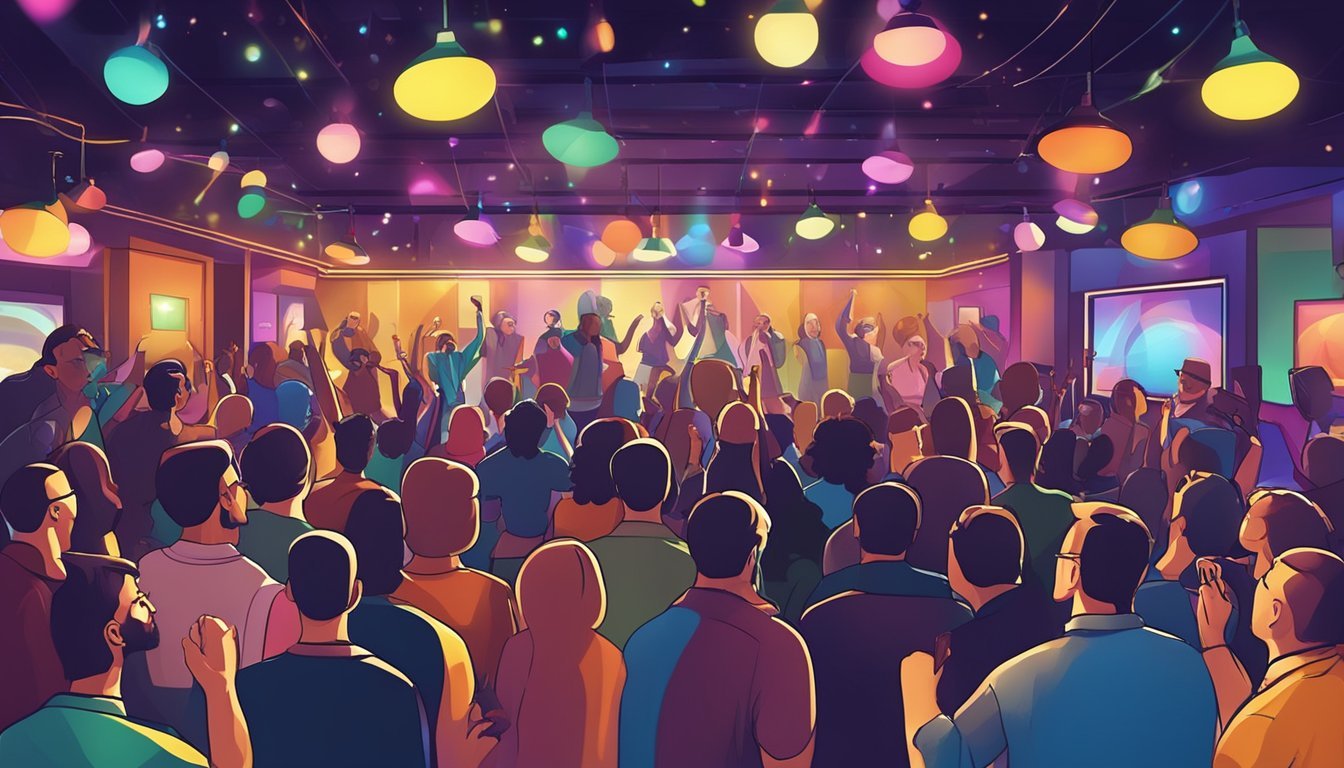3 Thought-Provoking Documentaries for Karaoke Enthusiasts
Exploring the Cultural Impact of Sing-Along Entertainment
Documentaries have the power to inform, inspire and challenge our perspectives on various subjects. While many associate karaoke with lighthearted entertainment, there are thought-provoking documentaries that explore the cultural significance and personal impact of this popular pastime.
These films offer karaoke enthusiasts a deeper understanding of the art form's history, social dynamics, and global influence. By examining karaoke through a documentary lens, viewers can gain new insights into its role in personal expression, community building, and cultural exchange. The following selections provide a unique opportunity for karaoke fans to expand their appreciation of this beloved activity.
1) 'Shut Up and Sing' - Dixie Chicks' Remarkable Journey (2006)
'Shut Up and Sing' documents the Dixie Chicks' tumultuous journey following a controversial comment about President George W. Bush in 2003. The film captures the all-female country band's experiences as they face intense public scrutiny and backlash.
Directors Barbara Kopple and Cecilia Peck follow the trio over three years, showcasing their resilience in the face of fan outrage and physical threats. The documentary explores the impact of their political stance on their music career and personal lives.
The film highlights the Dixie Chicks' unwavering commitment to their beliefs and their music. It showcases their courage as they continue to perform despite facing significant opposition and pressure from various quarters.
'Shut Up and Sing' offers a compelling look at the intersection of music, politics, and free speech in America. It presents a thought-provoking narrative about standing up for one's convictions in the face of adversity.
For karaoke enthusiasts, this documentary provides insight into the challenges and triumphs of professional musicians. It serves as a reminder of the power of music to provoke discussion and inspire change.
More information on 'Shut Up and Sing'
2) 'Gimme Shelter' - The Rolling Stones' Legendary Concerts (1970)
'Gimme Shelter' captures the Rolling Stones' infamous 1969 U.S. tour, culminating in the tragic Altamont Free Concert. Directed by Albert and David Maysles and Charlotte Zwerin, this documentary offers a raw look at rock and roll's darker side.
The film showcases electrifying performances from the band's tour, highlighting their musical prowess and stage presence. It provides an intimate glimpse into the Stones' dynamics during a pivotal moment in their career.
At its core, 'Gimme Shelter' chronicles the ill-fated Altamont concert, where violence erupted and a fan was killed by Hells Angels acting as security. This event marked the end of the 1960s counterculture's idealism.
The documentary's unflinching portrayal of these events has cemented its place in music history. It serves as a cautionary tale about the potential dangers of large, poorly organized events and the clash between different subcultures.
For karaoke enthusiasts, 'Gimme Shelter' offers a behind-the-scenes look at one of rock's most iconic bands. It provides context for the creation and performance of many classic songs that remain popular in karaoke bars today.
More information on 'Gimme Shelter'
3) 'Rattle and Hum' - U2's Behind-the-Scenes Tour (1988)
'Rattle and Hum' offers an intimate look at U2's journey through America during their Joshua Tree tour. The documentary captures the band's performances and their exploration of American music roots.
Directed by Phil Joanou, the film blends black-and-white and color footage to create a visually striking experience. It showcases U2's live performances, including their collaborations with B.B. King and The New Voices of Freedom choir.
The documentary also features the band's studio sessions, providing insight into their creative process. Viewers witness U2 recording new tracks and experimenting with different musical styles.
'Rattle and Hum' serves as both a concert film and a musical travelogue. It follows U2 as they visit iconic locations like Graceland and Sun Studio, paying homage to their musical influences.
For karaoke enthusiasts, the film offers a unique perspective on vocal performance and stage presence. It demonstrates how U2 adapts their music for live audiences and showcases Bono's dynamic vocal range.
More information on 'Rattle and Hum'
The Intersection of Karaoke and Documentary Filmmaking
Documentary films about karaoke offer unique insights into this popular pastime. They capture the cultural significance and personal stories behind singing in public.
Exploring Cultural Impact
Karaoke documentaries examine how this activity shapes social interactions across different communities. Films often showcase karaoke's role in breaking down barriers and fostering connections between diverse groups of people. They highlight how singing familiar songs creates shared experiences and bonds.
Some documentaries focus on karaoke's influence on specific cultures. For example, films about karaoke in Japan explore its deep integration into social life and business practices. Others examine karaoke's impact on immigrant communities, serving as a link to their heritage.
These films also investigate karaoke's economic effects on local businesses and entertainment industries. They may feature interviews with karaoke hosts, bar owners, and regular participants to provide varied perspectives.
Storytelling Through Music and Film
Documentaries about karaoke often employ creative techniques to capture the essence of performance and emotion. Filmmakers use a mix of observational footage and intimate interviews to portray participants' personal journeys and motivations.
Some films focus on competitive karaoke circuits, following contestants as they prepare for and participate in tournaments. These narratives explore themes of ambition, self-expression, and the pursuit of dreams through music.
Other documentaries examine the therapeutic aspects of karaoke, showcasing how it helps individuals overcome personal challenges or cope with difficult life events. These stories often interweave participants' song choices with their personal histories, creating poignant narratives.
Filmmakers may also explore the technical aspects of karaoke, such as the creation of backing tracks or the evolution of karaoke technology. This approach provides viewers with a comprehensive understanding of the art form.
Understanding the Appeal of Karaoke
Karaoke attracts people from diverse backgrounds with its unique blend of music, performance, and social interaction. Its widespread popularity stems from its ability to foster connection and self-expression.
The Social Dynamics of Karaoke
Karaoke creates a shared experience that brings people together. It breaks down social barriers, allowing strangers to bond over familiar songs. The supportive atmosphere encourages participants to step out of their comfort zones.
Karaoke venues often become hubs for social gatherings. Friends meet up for fun nights out, while solo singers can easily mingle with others. The communal aspect extends beyond singing, with audience members cheering and singing along.
Many karaoke events foster friendly competition. Singers may compete for prizes or simply for the thrill of audience approval. This competitive element adds excitement and motivation for participants to improve their skills.
Karaoke as a Form of Personal Expression
Karaoke allows individuals to showcase their vocal abilities and stage presence. For some, it's a chance to live out pop star fantasies. Others use it as a platform to develop confidence in public speaking or performing.
Song choice becomes a form of self-expression. Singers select tracks that resonate with their emotions, experiences, or musical tastes. This personal connection often leads to passionate performances that captivate audiences.
Karaoke can be therapeutic for many participants. It provides an outlet for stress relief and emotional release. Singing favorite songs can boost mood and self-esteem, offering a temporary escape from daily pressures.






